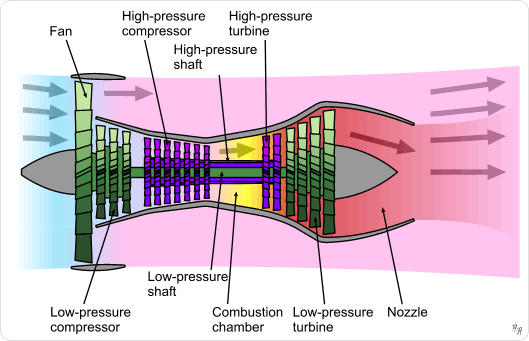CE6451 FLUID MECHANICS AND MACHINERY Question Bank
CE6451 FLUID MECHANICS AND MACHINERY Question Bank Regulation 2013 Anna University free download. FLUID MECHANICS AND MACHINERY CE6451 Question Bank free pdf download.
Sample CE6451 FLUID MECHANICS AND MACHINERY Question Bank :
1. A soap bubble is formed when the inside pressure is 5 N/m2 above the atmospheric pressure. If surface tension in the soap bubble is 0.0125 N/m, find the diameter of the bubble formed.
2. The converging pipe with inlet and outlet diameters of 200 mm and 150 mm carries the oil whose specific gravity is 0.8. The velocity of oil at the entry is 2.5 m/s, find the velocity at the exit of the pipe and oil flow rate in kg/sec.
3. What is the variation of viscosity with temperature for fluids?
(CE6451 FLUID MECHANICS AND MACHINERY Question Bank)
4. Find the height of a mountain where the atmospheric pressure is 730 mm of Hg at Normal conditions.
5. What is meant by vapour pressure of a fluid?
6. Distinguish between atmospheric pressure and gauge pressure.
7. What are Non-Newtonian fluids? Give examples.
8. Mention the uses of a manometer.
9. What do you mean by absolute pressure and gauge pressure?
10. Define the term Kinematic Viscosity and give its dimension.
(CE6451 FLUID MECHANICS AND MACHINERY Question Bank)
11. What is meant by continuum?
12. State Pascal’s hydrostatic law.
13. What is specific gravity? How is it related to density?
14. How does the dynamic viscosity of liquids and gases vary with temperature?
15. How does the dynamic viscosity of (a) liquids and (b) gases vary with temperature?
(CE6451 FLUID MECHANICS AND MACHINERY Question Bank)
16. What is the difference between gauge pressure and absolute pressure?
17. Differentiate between solids and liquids.
18. Define the following terms:
(a)Total pressure
(b)Centre (or) position of pressure.
19. What is meant by capillarity?
20. Define buoyancy.
(CE6451 FLUID MECHANICS AND MACHINERY Question Bank)
21. What is viscosity? What is the cause of it in liquids and in gases?
22. State Pascal’s law.
| Subject Name | FLUID MECHANICS AND MACHINERY |
| Subject Code | CE6451 |
| Regulation | 2013 |
| File |
CE6451 FLUID MECHANICS AND MACHINERY Question Bank Click Here to download
CE6451 FLUID MECHANICS AND MACHINERY Syllabus
FLUID MECHANICS AND MACHINERY CE6451 Notes








